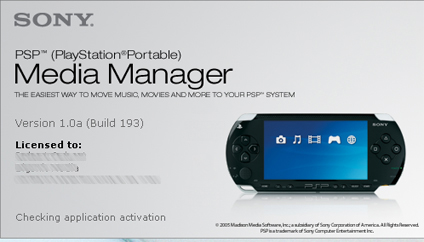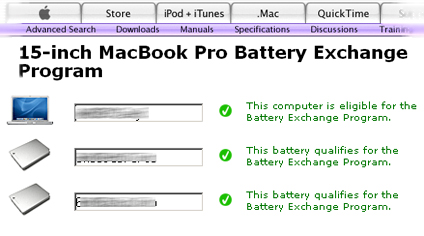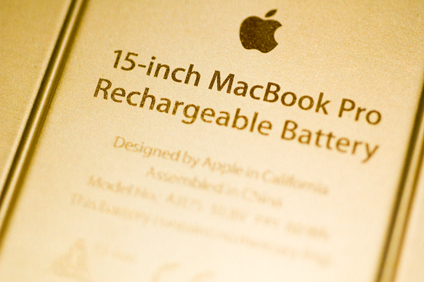I’ve been saying it for years now.
In fact, those of us who created CBC Radio 3 in 2000 were driven by this idea.
Now, a UK study confirms what seems obvious:
 |
Sixteen to 24 year olds are spurning television, radio and newspapers in favour of online services
full story here |
 |
While some media observers continue to hang on to the notion that radio will, despite every trend pointing otherwise, retain its audience, I remain convinced that linear broadcast is becoming a niche service.
What intrigues me now is the ability of online services to create huge global audiences in a short period of time. YouTube is an obvious example, but there are hundreds more. They’re tapping into an audience that has multiple interests, diverse tastes, and an unprecedented desire for choice – attributes that are anethema to the focus-group, committee driven approaches of traditional media companies.
The big factor at play here is ‘engagement’. Sites like Flickr create mini-communities of interest, spin-offs, and micro-stars. But most importantly, they engage each and every person who uses the site. Even if you never upload a photo, you know you can. And not just a photo, as many photos as you want, about any thing you want.
The result of this level of engagement is an almost infinite number of points of view, and an audience eager to sample those infinite points of view.
Even when it tries, traditional media simply cannot engage on this level. It simply fails by comparison.
Take a show like CBC Radio’s Cross Country Check Up. When it engages with its national audience, how many points of view are you likely to hear ? Five ? Ten ? Probably not even that many. How many topics of discussion ? One, maybe two. This isn’t a criticism of the show (it is a bit, but let’s leave that alone), its a limitation of the medium.
For many of us, that limitation is just too restrictive, too severe, too uninteresting.
Once you experience the bandwidth of a Flickr or YouTube, it’s impossible to go back to the narrow track.







